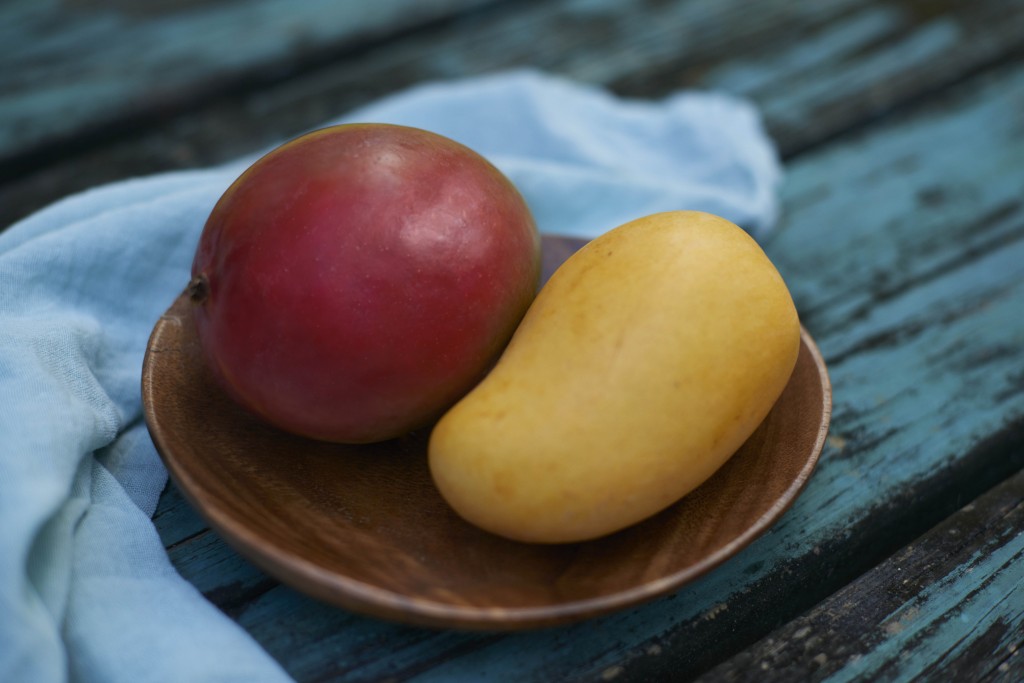U.S. retailers ready up for mango ripening projects

The National Mango Board (NMB) is seeing increased interest in its Ready to Eat Mango Program, but executive director Manuel Michel emphasizes there is no ‘one size fits all’ approach.
Michel said research had shown ripe mangoes received far more consumer acceptance, and a study conducted last year found placing them near seasonal stone fruit raised sales by 45%.
The study also found the relationship was symbiotic, with mangoes sparking higher sales of stone fruit as well.
In avocados unfortunately, the impact was not so strong.
For the ready-to-eat initiative to be successful, the NMB must be proactive and engaging with supermarkets and other sales outlets, and has developed protocols with best management practices, reference guides and videos on how to handle the fruit.
“We also have an expert that can go out and work with retailers, importers, wholesalers, fresh-cut facilities to develop their ripening programs,” Michel told www.freshfruitportal.com.
“There are a lot of technical factors at play in a program, and one size doesn’t fit all – that’s why we have an expert who goes out and meets with companies, does an evaluation and works with them to get the program that works best.”
He said the NMB was getting more requests each year to work with retailers, but a lot of the involvement depended on the fruit itself and the source.
“Retailers may start with a program and then not work with it the whole year-round, so we’re also working with the exporters to have consistent quality.
“That’s one of the key factors in this whole process, having a quality mango that will ripen once you put it in those pre-conditioning stages.”
But what issues tend to most lead to quality challenges in the fruit?
“Probably the biggest factor is temperature management. A lot of of damage is caused by the mango being handled at too low a temperature, so that’s one of the things we work on throughout the whole supply chain.
“We know if a mango goes below 50°F you start to see damage and that affects the ripening as it moves down the chain.
“You have two main categories within mangoes – you have the round, the Tommy Atkins, and the other one is the Ataulfos, the yellow mangoes, Kents, and they have to be handled at a minimum of 54°F.”
Season update
In terms of the market, Michel said Ecuador had just finished its season and was not as affected by El Niño as previously expected.
"South America this year was supposed to be an El Niño year so they were expecting different weather patterns. Fortunately for Ecuador it didn’t affect them; they were able to export more mangoes than what they had previously expected," he said.
"Their season has ended, Peru is now the main exporting country to the U.S. and they’re under the same situation – they were expecting El Niño to come on strong with heavy rains and affect their mango crop.
"That hasn’t happened so they’ve been able to send more mangoes than what they projected. Right now they’re sending 25-30% more than what they’d expected. The season also came into play a few weeks earlier than previous years."
He said southern Mexico started shipments in the last weeks of January, while Central American countries in general were also shipping to international markets.
"Mexico's season runs from February to August – they have many regions so it’s a long season, but the south of Mexico is where it starts.
"They’re looking to have a good year – that can change at any moment with the hurricanes; most of the mangoes that are exported to the U.S. are produced on the Pacific Coast, so the states along the Pacific side are the ones affected by hurricanes.
"Last year there was a lot of rain, some wind, but the hurricanes didn’t hit where the mango production is at, so they had a good year."
When asked about the Australian mango industry's forays into the U.S. market, Michel was upbeat about the country's potential, as well as other unique varieties from different sources.
"There are so many varieties of mangoes around the world, and consumers have a broad choice to choose from. We feel that any new varieties that come into the U.S., there’s room for them, it just depends on the time of year they come in and who they compete with.
"From what I hear they’re [Australian mango traders] very excited about it and having good success with it. Since Australia is so far away, the cost of getting mangoes to the U.S. is higher but they seem to be going to the West Coast and we’ve heard good comments.
"It sounds like the Australian mango is different from the ones that come from Latin America, and the consumers they like to see new varieties out there."



















































